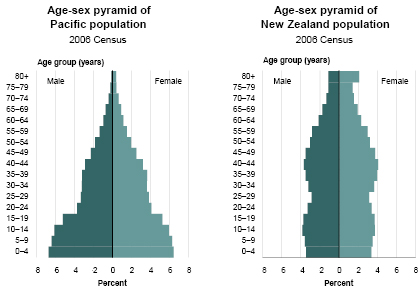Ultimately successful Māori roll model

Pacific Nation: A additional Pasifika electoral roll would be more constructive than abolishing that which is finally working so well for Māori. charts Statistics New Zealand
Humans are hard-wired for fairness.
Which is why so many traditional supporters of the Australian Labor Party abandoned it following the treachery visited on its fleetingly victorious leader Kevin Rudd.
The political system of Aotearoa, until joined recently by Australia, was unique in having separate electorates for indigenous voters. Introduced in 1867 as a five-year measure to ensure Māori representation, there have been frequent attempts to abolish the seats since. Even the 1986 royal commission that led to proportional representation recommended their disestablishment, concerned that the separate roll marginalised Māori.
What the royal commissioners didn’t see coming was a viable Māori party. Matiu Rata’s Mana Motuhake Party may not have gained traction, but on the wave of outrage provoked by the Labour Party’s dictatorial Seabed and Foreshore Act, the hastily formed Māori Party swamped the Māori electorate seats, winning four out of seven in 2005, five out of seven in 2008.
It is instructive that the Māori Party share of the party vote remains miniscule. The 2.39% party vote, ignoring the current arbitrary 5% threshold, would have only elected two candidates in either a 99 or 120-seat parliament. Had preferential voting been available for the party vote however, it is probable that Māori Party voters would have predominantly given their first preference to Māori and their second to Labour. The immediate effect would have been to reduce the so-called overhang, of two, bringing parliament back to its already unpopularly high level of 120 seats. And to reduce the number of Labour list seats—aspects of the list seats are particularly unpopular.
A number of organisations professing to be concerned about racial equality are living in hope of abolition. The Act Party states:
The reality is that racially-based seats have no place in a modern democracy.
Coming to grips with the Māori seats issue, as the party put it then, is now presumably the least of the party’s problems as it faces oblivion.
Because the Māori electoral roll is now working so well for Māori, it is unlikely that any new moves for its abolition will be successful. But rather than see the separate electoral roll as an anachronism, it should be embraced as model for fair representation. An optional roll for women would have ensured that women were represented in parliament soon after franchise in 1893. In the event, it took 40 years for the first female member to be elected, and it wasn’t until 1996, in the first proportional election, that women had more than token representation.
Pasifika and Asian rolls are the obvious complement to the two existing. The percentages of voters of both these ethnicities are projected to rise, as is that of Māori. Additional rolls could ensure healthy levels of representation. But electoral rolls, aside from being voluntary, should also not be solely based on ethnicity. A Climate ActionOriginally Green Growth, reflecting the Mahurangi Magazine’s brief infatuation with that doctrine electoral roll could potentially unlock the considerable percentage of voters who are currently marginalised by an electoral landscape still dominated by two parties whose origins predate awareness of the limits of growth. Or maybe it would transpire that it is anthropogenic global warming denialists who would most welcome their own roll. The obvious prerequisite to form an additional electoral roll would be sufficient applicants, 35 000, to create at least one electorate. Currently there are 386 000 on the Māori roll, up from 188 000 in 2001.
The original four Māori seats were a token measure to overcome registration criteria of the day—male property holders only could vote and most Māori held land collectively rather than individually. It was a token measure in that Māori, by percentage of population, were entitled to 14 seats. Rather than rail against the Māori roll as an aberration, separate rolls should be embraced as an unintended but entirely beneficial enhancement to democratic representation.
Separate rolls are an ultimately successful model.
Footnote Aotearoa might have had to wait even longer for its first woman member of Parliament, had the member for Banks Peninsula, James McCombs, not died in the traces. Mike Houlahan writes:
There would be natural sympathy for McCombs as a widow, but the simple fact she was a woman was expected to be a negative.
